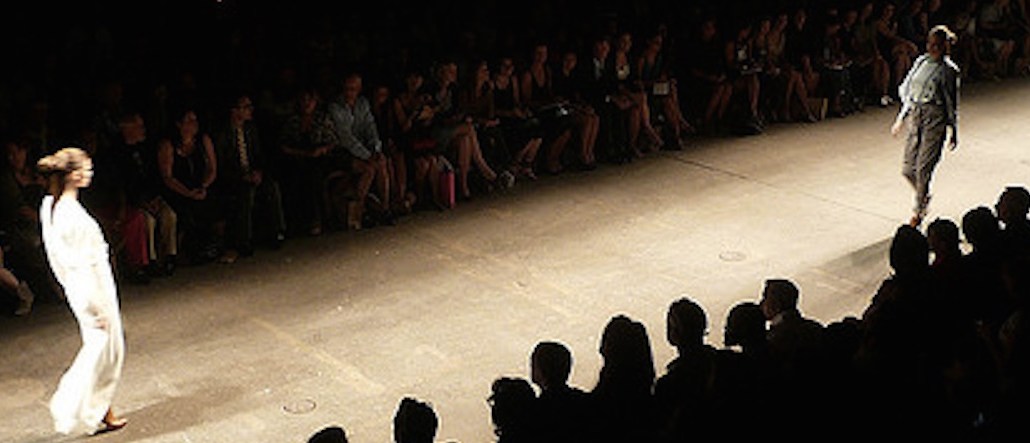
The role of Fashion Week has evolved from an exclusive industry event for buyers and press, to entertainment for the average Joe. The demands of the social audience are shaping how designers put everything together for New York last week — and now London, which kicks off today.
Whether it’s on the Periscope app or on the brand’s own site, almost every big fashion brand is live streaming now. With that immediacy, however, comes the need to figure out how to drive people to the next step: purchasing. A six-month waiting period between a Fashion Week show and the actual release of a fall line isn’t going to cut it anymore. New this season is the growing acknowledgement that things need to be immediately available, which is antithetical to the old fashion-week model. Brands are scrambling to catch up and adjust business models to meet demand.
“With the general public watching the shows live streamed online or in public spaces, you have that instant need to go and purchase that item,” said Tammy Smulders, managing director of Havas Lux Hub, the agency’s luxury fashion division. “Designers have had to change the timings to align the show with the supply-chain dynamics of the actual product.”
But timing may only be half the battle. The rest lies in the tech.
“The only thing stopping shoppable posts from being a constant is that platforms don’t offer them universally,” said Louise Stapley, senior writer at agency We Are Social.
The norm on social media has been touch-and-go experiments, like when Burberry tested shoppable tweets and sold directly from the runway through messaging app WeChat in 2014. TopShop’s runway collection, TopShop Unique, launched a shoppable Pinterest board last London Fashion Week as items debuted. Shoppable videos, tested by designers like Rebecca Minkoff and John Varvatos, add a call to action to the viewing experience, but they’re not available for live streams. Brands wanting to make the collections from their runway shows instantly available for purchase have been turning to timely e-commerce launches, like Minkoff and Michael Kors.
And given the lack of in-app or in-stream purchasing options, brands are faced with a sort of Sophie’s choice: Do they keep customers in the social feed or funnel them offsite where they might actually buy something?
To solve for this, designer line Temperley has partnered with Vero for this London Fashion Week. Vero, a 10-month-old social network with tens of thousands of users, differentiates itself by ranking friends on different levels of intimacy so messages can be more targeted. Vero is launching its “Buy Now” feature in a couple of months, where users or brands share content in the feed and people can buy directly from the post.
Not everyone is sold on the power of social media when it comes to converting to commerce, though. “E-commerce has been more of a hygiene factor rather than a competitive play,” said Daniel Williams, a planner at Leo Burnett who was formerly at Tom Ford and ASOS. “I wonder how much of it at London Fashion Week is a novelty and how much is actual retail.”
But then, how much more novel can you get than actual retail at Fashion Week?
With additional reporting by Hilary Milnes
More in Media

Media Briefing: ‘Cloudflare is locking the door’: Publishers celebrate victory against AI bot crawlers
After years of miserably watching their content get ransacked for free by millions of unidentified AI bot crawlers, publishers were finally thrown a viable lifeline.

How Vogue could navigate potential industry headwinds as Anna Wintour — who agency execs say made ad dollars flow — brings on new edit lead
Anna Wintour’s successor at Vogue will have to overcome the myriad of challenges facing fashion media and the digital publishing ecosystem.

Here are the biggest misconceptions about AI content scraping
An increase in bots scraping content from publishers’ sites represents a huge threat to their businesses. But scraping for AI training and scraping for real-time outputs present different challenges and opportunities.





